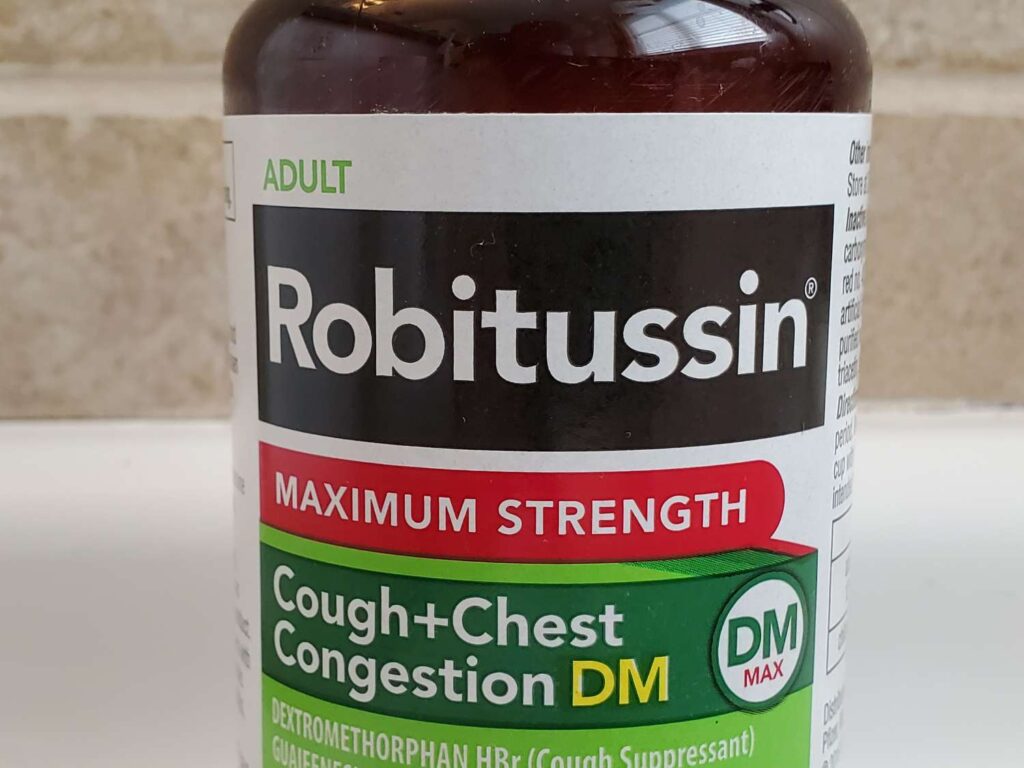
Clean ears — free of wax and debris — are crucial for hearing and health. There are many methods and products available to keep ears clean, and hydrogen peroxide is commonly touted as an effective agent for ear care. But just how well does it work?
What is Hydrogen Peroxide?
Hydrogen peroxide is a chemical compound with the formula H2O2. It’s often recognized as a disinfectant, bleaching agent, and an antiseptic. In lower concentrations, like the 3% solution typically found in brown bottles at drug stores, it is also used for various home remedies, including ear cleaning.
How Does Hydrogen Peroxide Work in the Ears?
The bubbling sensation that occurs when hydrogen peroxide comes into contact with earwax is due to the reaction that breaks down the wax. The peroxide reacts with the organic matter in the earwax, causing it to foam and expand, which helps in dislodging and softening the wax buildup.
Is Hydrogen Peroxide Safe for Ears?
While it’s generally safe for most people, those with sensitive skin, ear infections, eardrum perforations, or a history of ear issues should consult a doctor before using hydrogen peroxide. If used incorrectly, it can cause irritation, dizziness, or exacerbation of existing ear problems.
The Procedure for Using Hydrogen Peroxide in Ears
- Ensure your ear is suitable for a peroxide treatment. Do not proceed if you have any injuries or infections in the ear.
- Prepare a 3% hydrogen peroxide solution, which is appropriate for ear treatment.
- Lie on your side with the affected ear facing up.
- Use a dropper to apply a few drops of hydrogen peroxide into the ear canal. You should start to hear a fizzing noise.
- Stay still for 3-5 minutes, allowing the solution to do its work.
- Sit up and blot the outer ear with a tissue or towel to catch any liquid that drains out.
- Repeat for the other ear if necessary, but only if there are no adverse reactions.
Pros and Cons of Using Hydrogen Peroxide in the Ear
Pros:
- Non-invasive and painless
- Easily available and inexpensive
- Can effectively soften and remove earwax build-up
Cons:
- May irritate sensitive ears
- Overuse or improper use can lead to ear injury
- Not suitable for all ear conditions
Conclusion
Using hydrogen peroxide to clean your ears can be an effective practice when done properly and sensibly. However, it is important to use the correct concentration and to be cautious if you have existing ear problems. Always consult with a healthcare provider if in doubt, to avoid the risk of damaging your ears. Like most remedies, what works well for one person might not be suitable for another. Responsible use of hydrogen peroxide can help keep your ears clean and your hearing sharp.





